
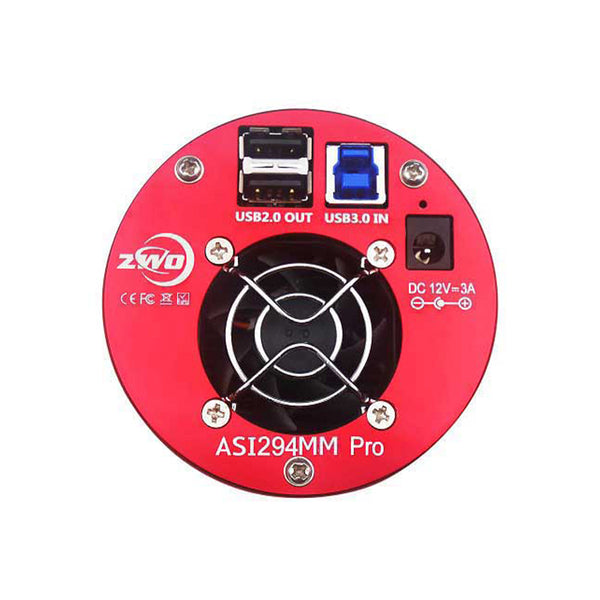


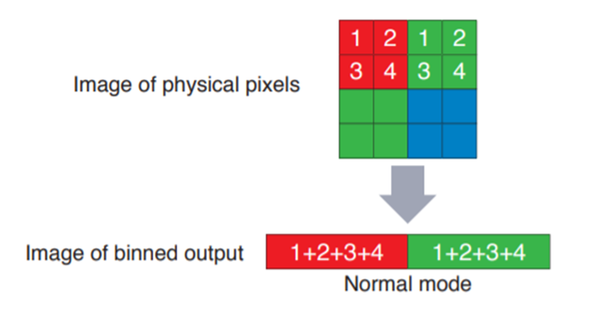

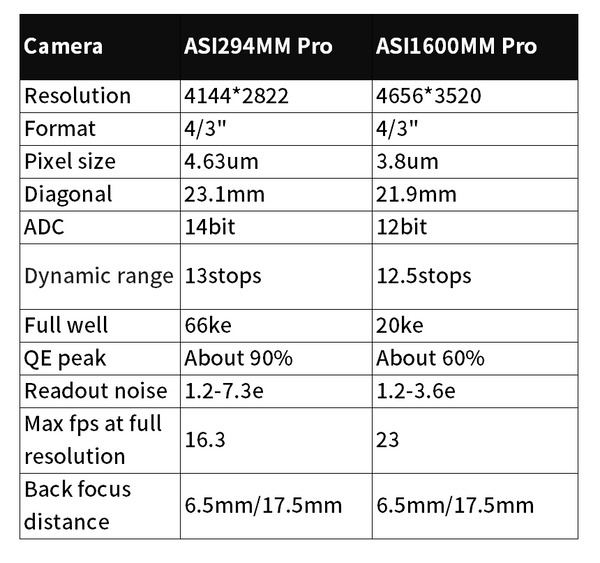
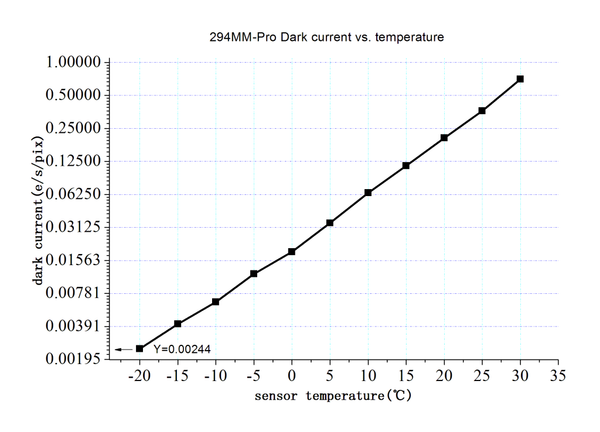
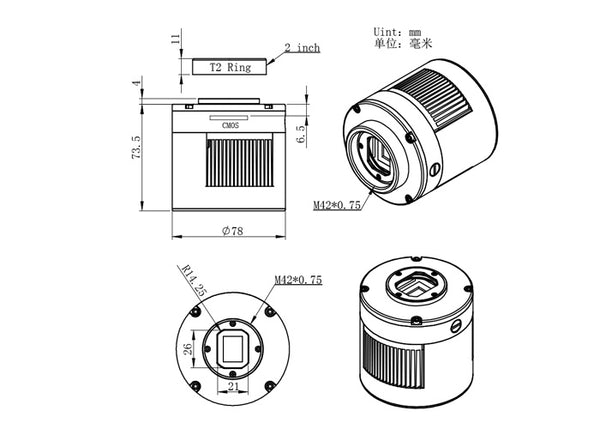
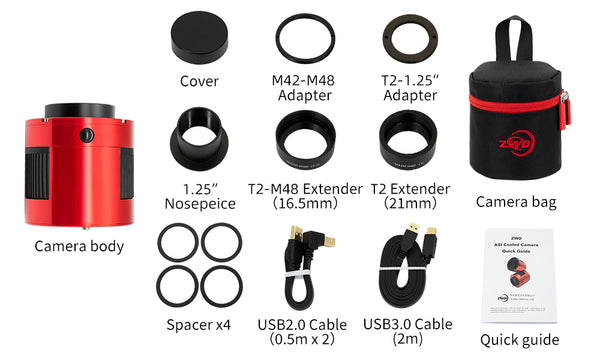














Why Purchase from All-Star Telescope?
Free Expert Support
Whether you are a first timer needing help with setting up or an enthusiast that can't quite make that one thing work, our expert staff are ready to support your needs. With decades of knowledge and first hand experience we've been there and we can help you through it!
Stress Free, Secure Transactions
You can trust purchasing and delivery with All-Star Telescope. All of our transactions are 100% secure and Level 1 PCI DSS compliant thanks to Shopify's ShopPay platform. For additional protection, we insure 100% of the value of every shipment we make. If it get's lost during shipment, we replace it. If it gets damaged during shipment, we replace it. We make sure your product arrives exactly as you would expect it to; we promise.
We also ensure privacy protection. We never keep any of your credit card information on file and any of your personal data is stored according to our policies.
30 Day Return Policy
Buy with confidence knowing that we accept returns up to 30 days after purchase. We want you to have something you will actually use and we are confident that we keep good quality products in our store with No Junk.
Price Match Promise
Shipping around for the best price is tough, we make it easier by offering the best pricing in the market. But if you find a better price on an in-store item somewhere else we will match it!
Product Description
Important: For the following imaging camera models, please use a separate 12V power supply rather than the power hub in the ASIAIR Pro as the hub cannot provide enough amperage to power the camera's TEC coolers: ASI6200, ASI2600, ASI2400, ASI533, ASI294, ASI071MC
By popular demand, we now introduce the ASI294MM Pro. This is the monochrome version of the ASI294MC Pro – one of the top selling cameras from ZWO.
Some of the highlights include:
- Back-illuminated sensor – improving sensitivity and reducing noise
- 4/3” format with 4.64 um pixel size – ideal for many types of telescopes
- 14-bit ADC – giving a high dynamic range
- An impressive 66ke- full well capacity- helping to reduce the issue of for example saturated stars
- 4144*2822 high resolution – with the Bin1-mode the camera can operate at a resolution of 8288*5644 and pixel size of 2.3 um.
On top of this, not only does it have a very high QE-value with a peak at about 90%, but also feature an ultra-low readout noise of 1.2e. If you are looking for a small-format monochrome camera for astrophotography, you can’t go wrong with the ASI294MM Pro.
14-bit ADC and 13 stops dynamic range
ASI294MM Pro has very similar parameters as its color version. Both have the 14bit ADC and a high dynamic range of 13 stops, which is even higher than that of the well-known and celebrated ASI1600MM Pro camera.
Backlit Sensor
Sony’s back-illuminated CMOS image sensor improves the sensitivity and noise reduction – the key factors to enhancing image quality. It does this by radically realigning the fundamental pixel structure from front-illumination to back-illumination, while still retaining the advantages of CMOS image sensors such as low power consumption and high-speed operation.
With a conventional front-illumination structure, the metal wiring and transistors on the surface of the silicon substrate that form the sensor’s light-sensitive area (photo-diode), impede photon-gathering carried out by the on-chip lens. A back-illuminated structure minimizes the degradation of sensitivity to the optical angle response, while also increasing the amount of light that enters each pixel due to the lack of obstacles such as metal wiring and transistors. These components have been moved to the back-side of the silicon substrate.
Camera Performance
Large well depth capacity, low read-out noise and high dynamic range.
The full well capacity of 66387e of ASI294MM Pro is near the top of all ASI DSO cameras. It ensures a very high dynamic range of up to 13 stops that will greatly reduce the issue of overexposed images and also help to collect richer color information.
When the gain value is set to 120, the HCG high gain mode is turned on. We’re not saying it’s magic…but we’d like to think it is pretty close. With the HCG-mode turned on, the readout noise is greatly reduced, and the dynamic range is basically unchanged.
Unlocked Bin1 Mode (also see photo)
Yet another perk of the ASI294MM Pro is that the pixel size is switchable – you can switch between unlocked Bin1 mode and Bin2 mode anytime in your astrophotography software. The unlocked Bin1 mode changes the pixel size into 2.3um and increases resolution to 8288×5644. The ability to unlock bin1-mode was a popular request from our customers. Of course we listened to you and worked quickly to make it possible.
Remember that using Bin1-mode will decrease the full well capacity compared to the standard bin2-mode.
Unlocked
- Bin1: 12bit ADC, 2.3um pixel size, 47 megapixels, 8288*5644 resolution, 14k full well capacity.
- Bin2: 14bit ADC, 4.6um pixel size, 11.7 megapixels, 4144*2822 resolution, 66k full well capacity.
If the sampling accuracy you get with the 2.3um pixel size falls within a reasonable range, then the unlocked Bin1 mode will help you get more object details. However, you will lose dynamic range and ADC bit depth. Also the image files you get at Bin1 will probably be around 4 times bigger than Bin2.
So in the end the unlocked Bin1 mode is double-edged, you may choose to use it or not depending on the specific circumstances during your imaging sessions.
Reliable Mechanics
There are four screws on the camera that seal the sensor chamber. This kind of design has been extensively tested and is very stable and secure. Even when used in higher humidity environments, ASI294MM Pro will still work fine without dew problems.
QE Value
As ZWO’s latest BSI (backside illuminated type) monochrome camera, ASI294MM Pro has a very high QE performance, not only higher than its color version, but even than that of ASI1600MM Pro. It is estimated that the QE peak value is about 90%.
Two-Stage TEC Cooling: Ultra-Low Dark Current
Thanks to the two stage TEC cooling, ASI294MM Pro can lower the CMOS sensor temperature to more than 35 degrees Celsius below ambient temperature, which can greatly reduce dark current generation and sensor noise even during extended exposure times.
The unique dark current suppression technology can further reduce dark current noise. When it’s cooled to -20℃, the current noise can be as low as 0.0022e/s/pix, which is completely negligible!
USB3.0 & 256M DDR3 Memory
The ASI294MM Pro is equipped with a USB 3.0 transmission interface and a built-in 256MB (2Gb) DDR3 cache to ensure stable and secure data transmission. Under long exposure, it effectively avoids frame dropping and greatly reduces the glow effect caused by slow reading speed.
Specifications
| Resolution | 4144 x 2822 (Bin 2) 8288x5644 (Unlocked Bin 1) |
| Format | 4/3" |
| Pixel Size | 4144 x 2822 (Bin 2) 8288x5644 (Unlocked Bin 1) |
| Diagonal | 23.1 mm |
| ADC | 14 bit |
| Dynamic Range | 13 stops |
| Full Well | 66 ke |
| QE Peak | About 90% |
| Readout Noise | 1.2 - 7.3e |
| Max fps | 16.3 |
| Back Focus Distance | 6.5mm/17.5mm |
Additional Articles, Videos, and Links
External Links
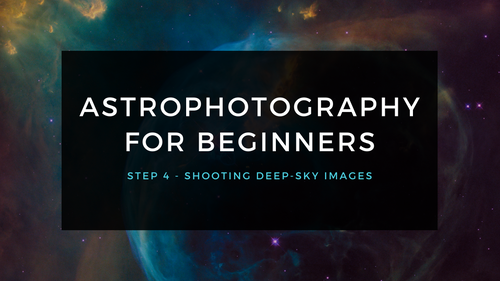
Astrophotography for Beginners Step 4: Shooting Deep-Sky Images
Taking deep sky pictures can be daunting, luckily there is an easy process to follow to allow you to get great shots! Here is the typical process for actually taking deep-sky images in the field.
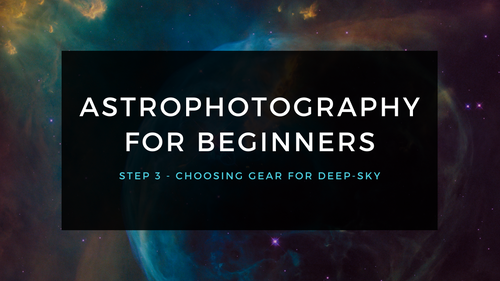
Astrophotography for Beginners Step 3: Choosing Gear for Deep-Sky Imaging
Using a star tracker gains you experience with the fundamentals of deep-sky imaging. Shooting the Moon gains you experience focusing and framing through your telescope. Through your sessions you’ll...
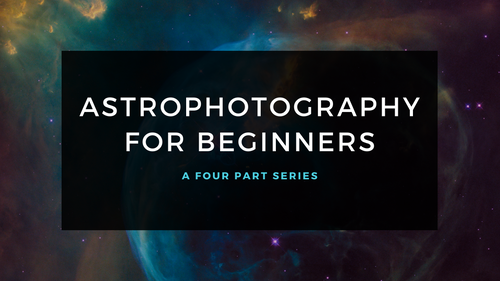
Astrophotography for Beginners - Start Here: Getting into Astrophotography Step by Step
Shooting the night sky has never been more popular, nor easier. The choice of equipment has also never been better, or more affordable. However, as per the advice given by Dickinson and Dyer in the...
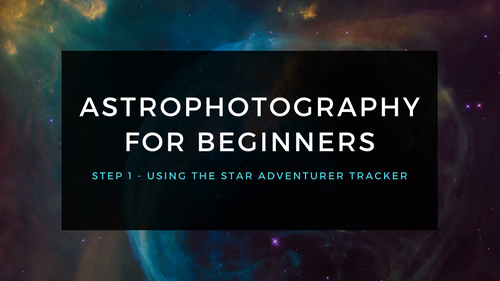
Astrophotography for Beginners Step 1: Using the Star Adventurer Tracker
By far the most economical and easiest way to capture beautiful images of the Milky Way and large deep-sky objects like the Andromeda Galaxy (shown here) is to use a star tracker. Here are steps an...
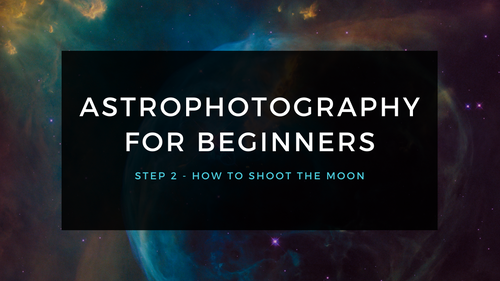
Astrophotography for Beginners Step 2: How to Shoot the Moon
Close-ups of the Moon are rewarding, and an easy way to learn to shoot through your telescope. While good results are possible with a phone camera clamped to an eyepiece (as shown below), this tuto...

